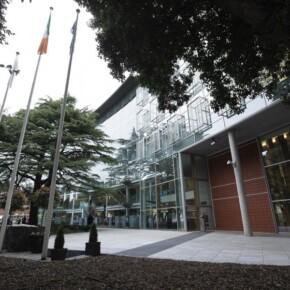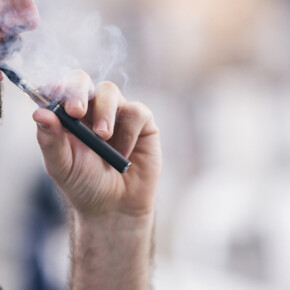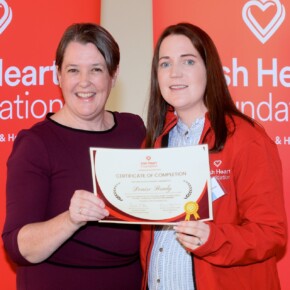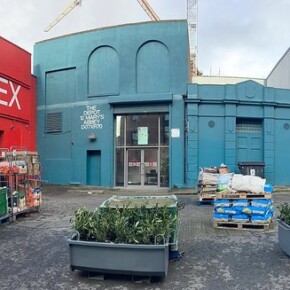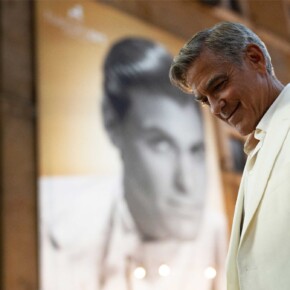‘Love/Hate’ depicts a Dublin we can relate to
Dublin People 01 Nov 2014I must admit to being something of a latecomer to
‘Love/Hate’, RTÃ?’s riveting and rightly acclaimed crime drama.
Looking
back now, the first series bears little resemblance to the tour de
force that the programme has become. I remember being distinctly
underwhelmed by the show in its early days, despite the fact that it
starred acting heavyweight Aidan Gillen. It was late into series four
before I dipped back in to see what all the fuss was about. This time,
the performances seemed more assured; the writing was stronger; and the
tension created by the evolving plotlines was often unbearable.
There
may have been some disappointment at how series four ended but it set
the scene nicely for what was to come. So far, the latest series of
‘Love/Hate’ has been an absolute triumph and is compulsive viewing every
Sunday night.
RTÃ? has upped its game in recent years when it
comes to original television drama.
‘Single-Handed’, the story of a lone
Garda taking on corruption and crime in a rural Irish community, was
excellent.
But last year’s highly anticipated missing teen
drama,
‘Amber’, failed to live up to the promise of its opening episode
and was ultimately unsatisfying.
The station’s upcoming drama on the
life and times of Charles Haughey should make for interesting viewing
and will no doubt reignite national debate on one of Ireland’s most
divisive and controversial politicians.
Let’s just hope that the
presence of so many
‘Love/Hate’ actors in the Haughey production will
not prove too much of a distraction.
But back to Nidge and Co for
a moment. I was trying to comprehend the appeal of the series as the
credits rolled on one of the most explosive episodes so far (the one
where the young Traveller boy is shot during a botched hit on his dad,
Patrick). There is stark realism dripping from every page of writer
Stuart Carolan’s gritty script. Perhaps it’s the familiarity of it all:
the recognisable landmarks of the city; the authenticity of the
dialogue; the drug lords living abroad; the brutal depictions of the
type of violence we read about all the time in newspaper crime reports.
Most
of us know parts of the city where residents are in constant fear of
real-life Nidges or Frans. We hear about pub shootings and daylight
assasinations with disturbing regularity. It’s a story that resonates
with us.
For all its brilliance, perhaps
‘Love/Hate’ succeeds most for creating a fictional Dublin we can all too easily relate to.


